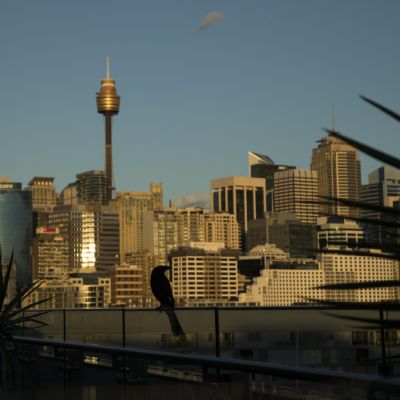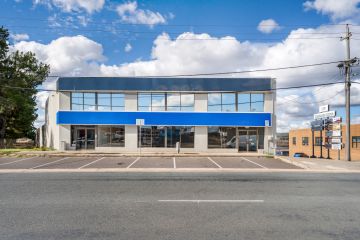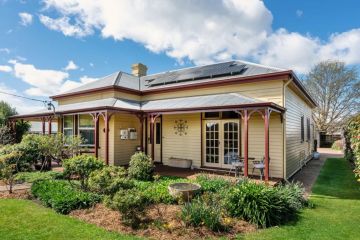House prices across Australia to stabilise by year's end: Domain report
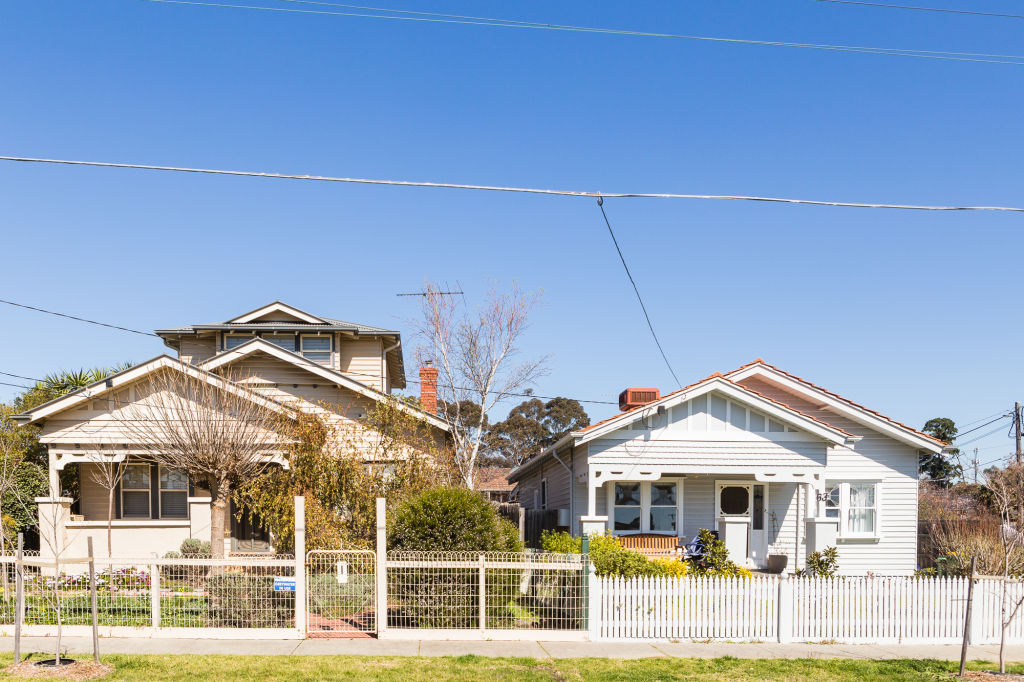
Australian capital cities are expected to see property prices stabilise by the end of the year, with modest price growth predicted in 2020, new analysis shows.
Following a sluggish start to 2019 – with the financial services royal commission, a slowing economy, investor caution and election uncertainty subduing price growth – recent events are pointing to a change of mood in the latter half of this year, according to the Domain Property Price Forecasts released on Wednesday.
House price forecasts
| 2019 (six-month change) | 2020 (annual change) | |
| Australia (combined capital cities) | 1% | 2% to 4% |
| Sydney | 2% | 3% to 5% |
| Melbourne | 1% | 1% to 3% |
| Brisbane | 1% | 3% to 5% |
| Perth | 0% | 0% to 2% |
| Adelaide | 1% | 1% to 3% |
| Hobart | 0% | 2% to 4% |
| Canberra | 2% | 4% to 6% |
Economist Trent Wiltshire says three key factors point to a turnaround: the Reserve Bank’s recent interest rate cut and likely further reductions, banking regulator the Australian Prudential Regulation Authority loosening constraints on mortgage credit, and a re-elected Coalition government putting paid to Labor’s proposed changes to negative gearing.
“More widely, these events are seen as welcome news for the national economy,” Mr Wiltshire said.
The report found capital city property price falls would likely ease, with prices bottoming out in spring this year, due to high clearance rates and growing buyer interest. “It’s a good result, overall,” Mr Wiltshire said.
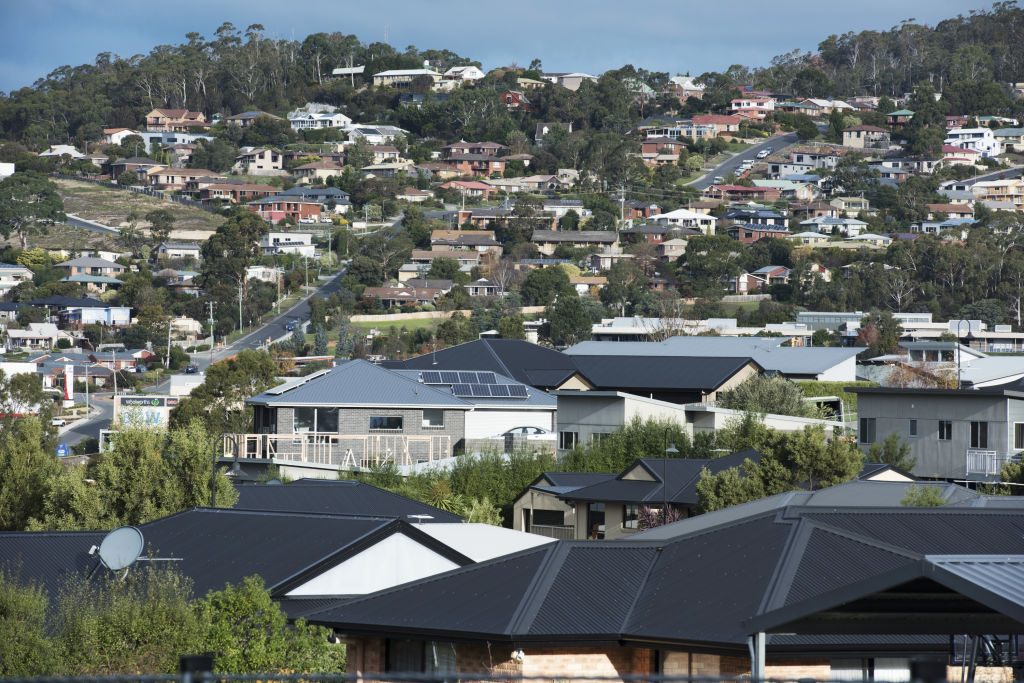
Domain predicts the six months to December 2019 will see house and unit prices grow by one per cent nationally, with 2020 bringing growth of 2 to 4 per cent in house prices and roughly one to 3 per cent for units.
These predictions hinge on anticipated cuts to the cash rate in July and November 2019, government predictions of 1.75 per cent annual national population growth, a steady unemployment rate, and some increase to home lending at the tail end of the year, Mr Wiltshire says. Another contributing factor to growth predications is the decline of new housing construction, with building approvals down 20 per cent nationally, year-on-year.
Unit price forecasts
| 2019 (six-month change) | 2020 (annual change) | |
| Australia (combined capital cities) | 1% | 1% to 3% |
| Sydney | 2% | 2% to 4% |
| Melbourne | 1% | 0% to 2% |
| Brisbane | 0% | 0% to 2% |
| Perth | 0% | 0% to 2% |
| Adelaide | 2% | 1% to 3% |
| Hobart | 2% | 3% to 5% |
| Canberra | 1% | 1% to 3% |
Still, Mr Wiltshire is keen to emphasise the conservative trend.
“We’re predicting only moderate property price growth over the next 18 months,” he cautions. “Prices should bottom out soon, but the impact of lower interest rates is likely to be smaller than in the past; households are cautious about taking on more debt, affordability remains a problem in most cities, and wages growth is likely to remain weak.”
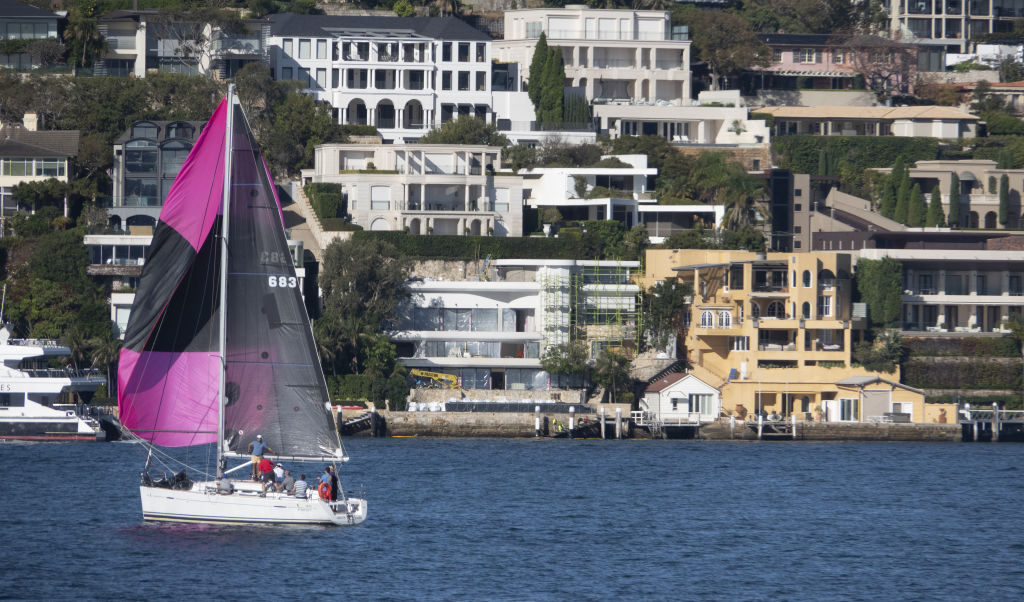
Sydney house prices are expected to experience one of the strongest upticks, with Domain predicting a 2 per cent rise in the coming six months and an anticipated 3 to 5 per cent increase next year.
Following the harbour city’s biggest correction in nominal house prices since the 1980s, clearance rates are at a 15-month high, with inspection attendance figures up some 17 per cent on pre-election crowds. Housing affordability remains an issue for Sydney, with the median house price unlikely to drop below $1 million.
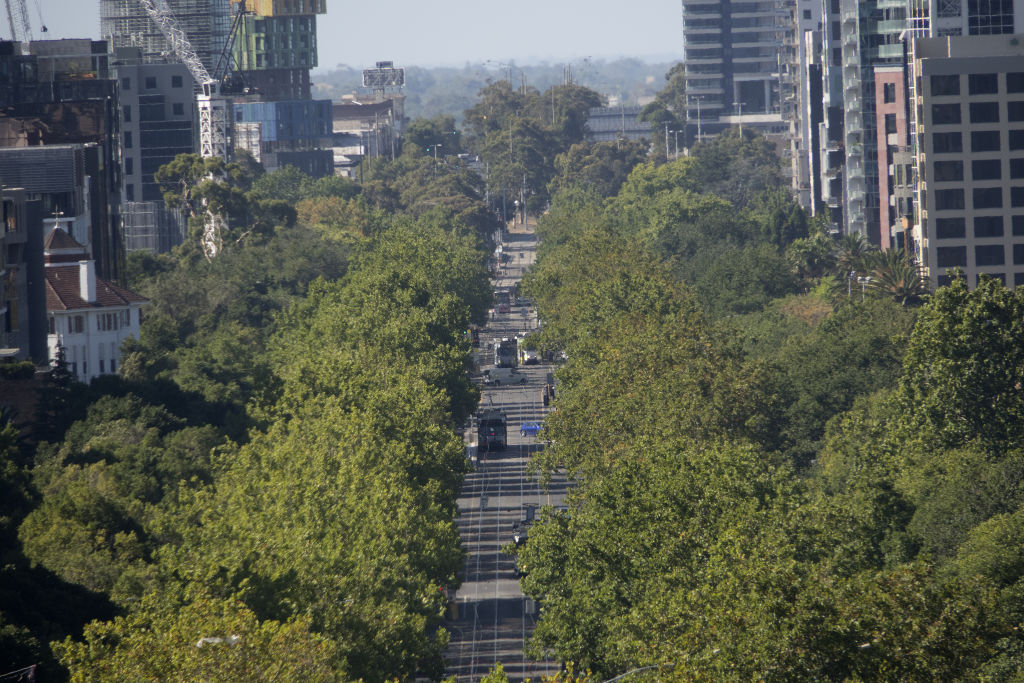
It’s a similar tale in Melbourne, where house hunters have returned to the search post-election. Domain’s monthly price data shows the Melbourne price downturn has slowed. The second half of 2019 should see prices lift by one per cent, with an expected one to 3 per cent rise for houses and up to 2 per cent for units in the coming year.
Buoyed by lower interest rates and strong population growth, Melbourne house prices are expected to sit about 10 per cent below their boom-time peak by the end of 2020.
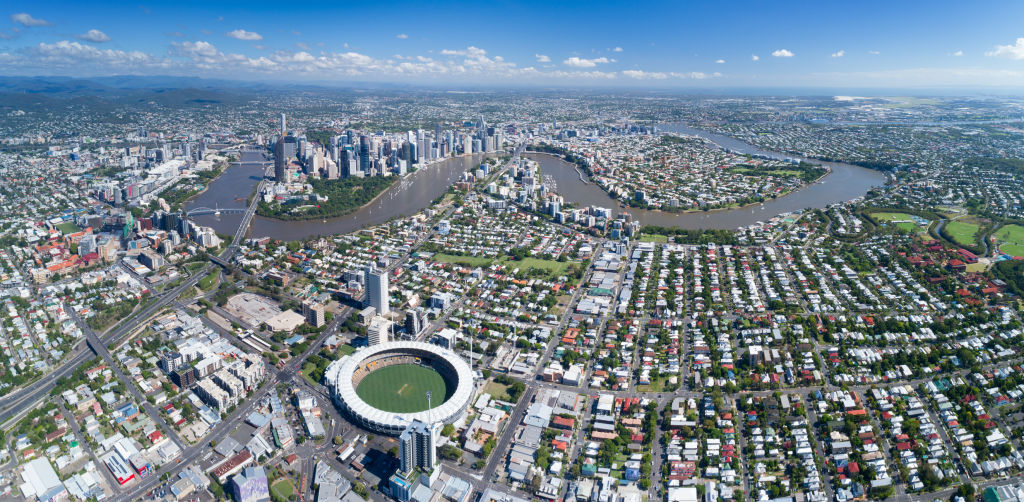
Further up the east coast, Brisbane is also showing early signs of a turnaround following a 2 per cent fall in house prices in the second half of 2018 and continued decline into 2019. Buyer interest is growing, with interstate migration continuing to fortify the market. Domain predicts the market will bottom out in coming months, with prices expected to pick up by as much as 5 per cent in 2020.
For the nation’s capital, the forecast is sunny – Domain sees house price growth in Canberra of 4 to 6 per cent in 2020.
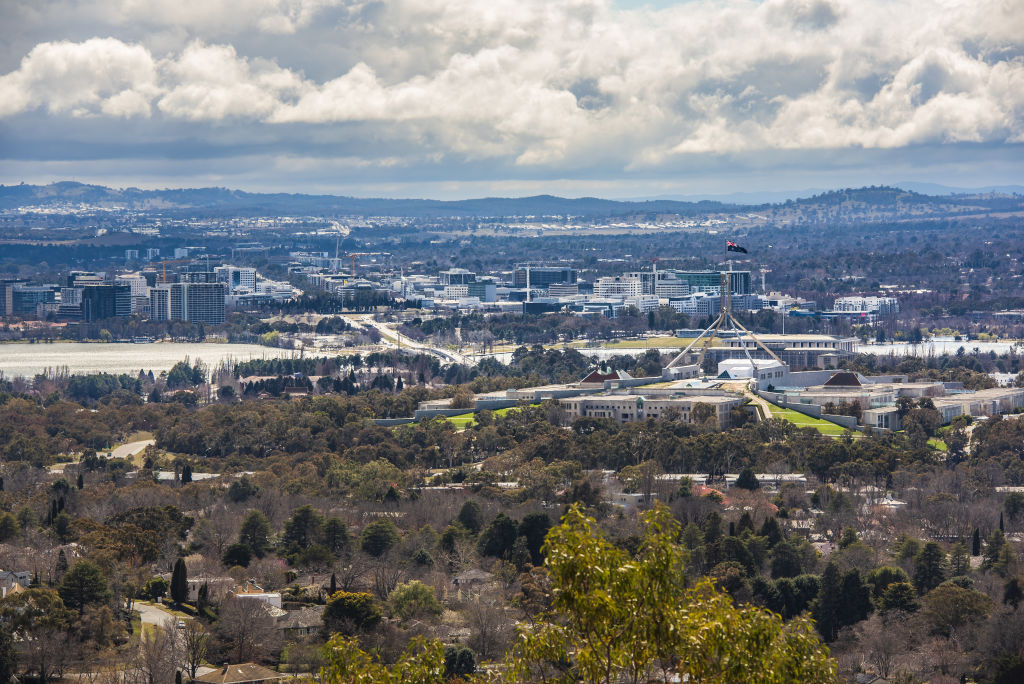
Mr Wiltshire said while a Labor election tended to drive prices up in Canberra, with the promise of more public sector jobs, its proposed tax changes would have likely pushed prices down. He predicts the Coalition’s surprise win will give Canberra’s property market a boost, underpinned by strong population growth and low unemployment.
Record rates of new construction will likely keep unit prices from rising, with unit, apartment and townhouse approvals up 30 per cent.

Bolstered by strong population growth, interstate investment and a tourism boom underpinned by a weaker Australian dollar as well as the lure of local treasure MONA, Hobart’s house and unit prices have increased by about 40 per cent since 2016.
While the market flat-lined in the first half of 2019, Domain expects it to fare better at the tail end of the year. Forecast house price growth in 2020 is 2 to 4 per cent, with a lift of 3 to 5 per cent expected for units.
With building approvals up 26 per cent year-on-year, Tassie’s new construction was beginning to catch up to a recent spike in demand, Mr Wiltshire said, which Domain predicted would help limit price growth.
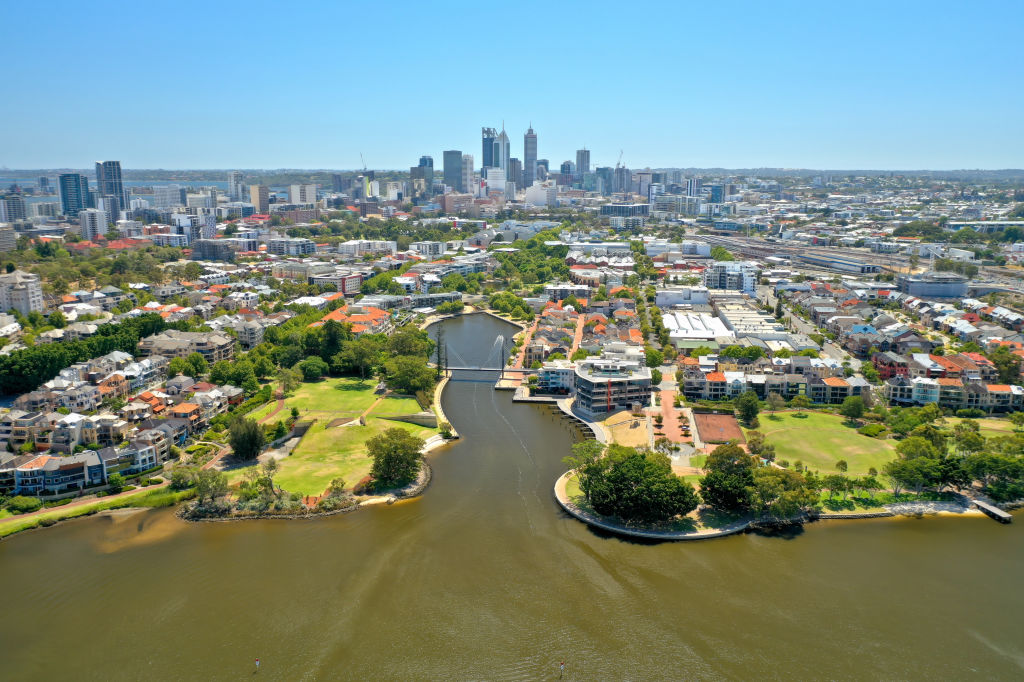
Mr Wiltshire said Perth was an outlier in Domain’s capital cities forecast, with prices expected to be unchanged in the coming six months.
“In 2020, our model suggests a rebound … but given the entrenched weakness in the Perth market, we have forecast only moderate growth of zero to 2 per cent for houses and units.
“[But] … while we predict some price growth in 2020, there is a high risk that price falls could continue.”
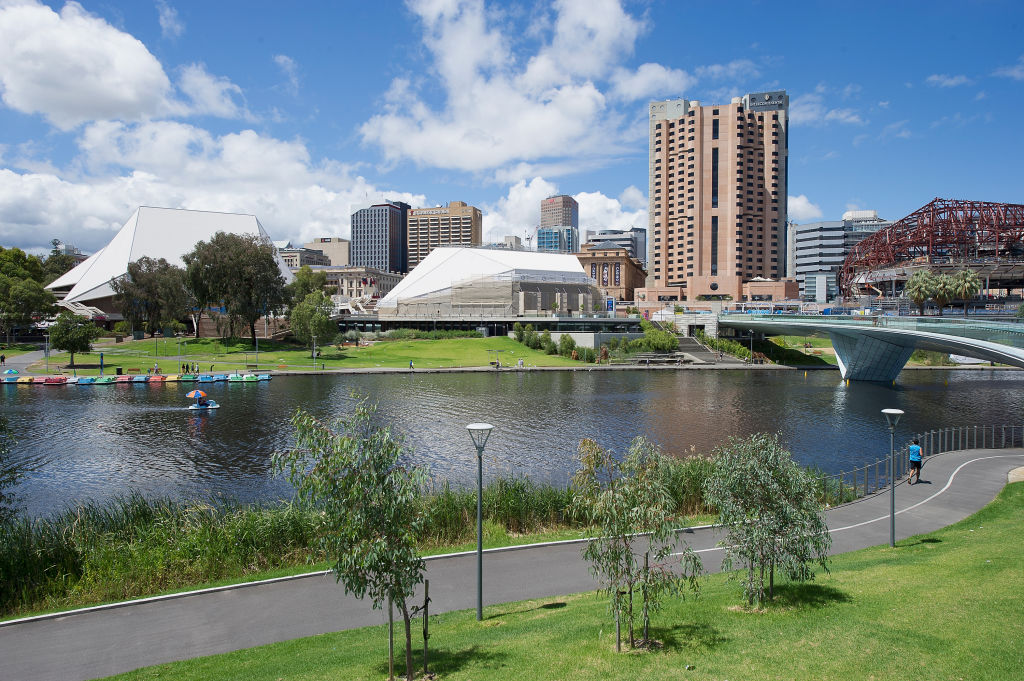
House prices in Adelaide have risen steadily, about 3 per cent annually in recent years, stabilising in the first half of 2019. With only modest population growth predicted, less buyer activity and softer employment figures, Domain forecasts growth of just one to 3 per cent in 2020.
We recommend
States
Capital Cities
Capital Cities - Rentals
Popular Areas
Allhomes
More


